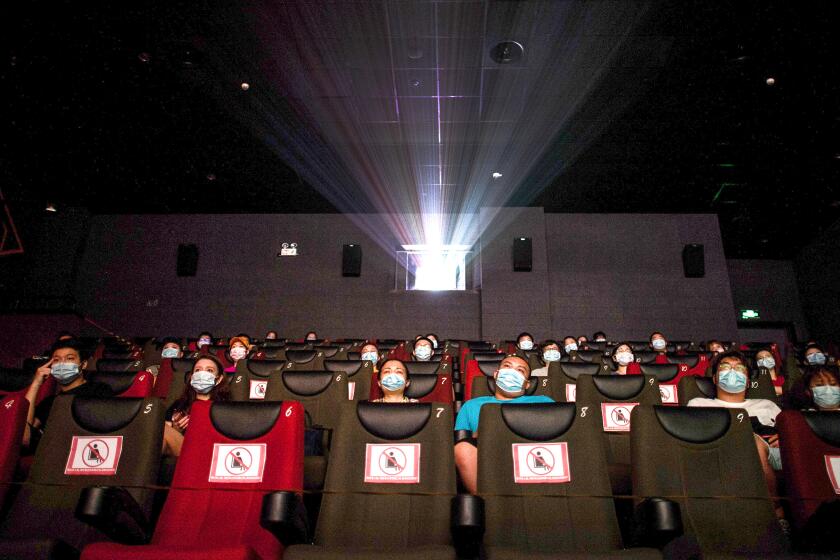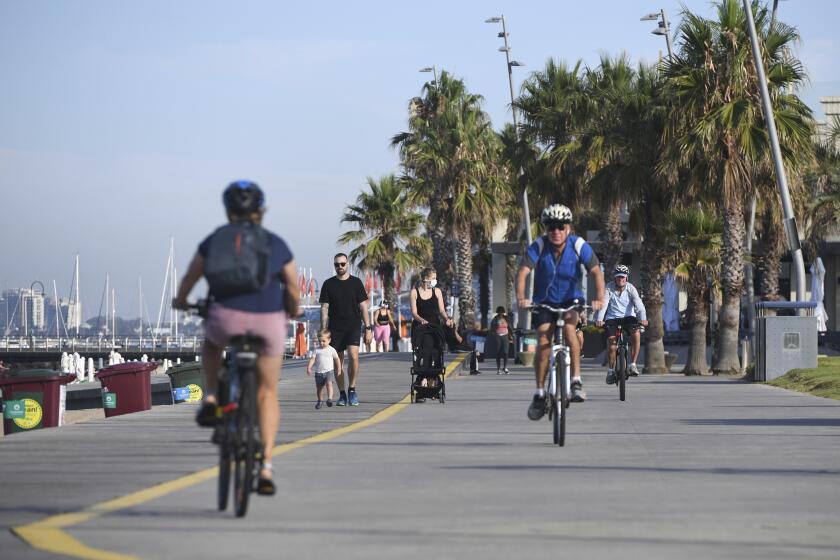Hollywood stars hunker down in Australia’s Byron Bay, where COVID-19 spurs film boom
- Share via
BYRON BAY, Australia — The Big Prawn is a 29-foot, 38-ton statue of a shrimp dominating the road to Byron Bay’s Ballina airport. It’s testimony to a flair for the dramatic in this Australian region that filmmakers such as William Gammon want to harness.
If Gammon’s vision becomes reality, film production will be the next big thing in the Shire of Ballina, where fishing was once a mainstay. With his Byron Studios booked till August, he has carved out space at the Alstonville Leisure and Entertainment Center.
But the plan is to build an entirely new complex in Ballina for the film and TV industry. With Australians vacationing locally and working from home, record-low interest rates have pushed property prices in Byron Bay up by as much as 37% in the last year. Short-term holiday rentals, like at most resorts, have drained the town of properties for residents.
Since the start of the pandemic, scores of Angelenos have moved to Taiwan, where they have roots and coronavirus spread has been kept in check.
The wider region, known as the Northern Rivers, was already being billed as an alternative to the big-city film studio options that have drawn Matt Damon, Natalie Portman and Liam Neeson. With space in Sydney, Melbourne and the Gold Coast now at a premium, Gammon hopes to make Byron Studios the premier regional Australian film studio. COVID-19 is helping.
“When COVID hit, the film industry came to us. There were location scouts looking for studio space,” Gammon said. “The foundations were here already. There were a lot of filmmakers here, a lot of celebrities calling it home, access to film crews, beaches.”
Being away from big cities buffeted in varying degrees by the coronavirus is part of the sales pitch, alongside Australian government incentives and proximity to three airports, including Ballina.
Central to the pitch is Byron Bay, a cove that hugs the most easterly point of Australia, with long sandy beaches and a laid-back lifestyle that has drawn A-listers, hippies, Instagram influencers and surfers. Chris Hemsworth lives in Byron Bay, Zac Efron rode out most of the pandemic there, and Nicole Kidman chose Byron Bay to film her latest production. Melissa McCarthy has stayed on there after filming wrapped on Kidman’s production. Hemsworth and Kidman are Australian, and Kidman, who has homes in several cities, including Los Angeles, has posted photos on her Instagram account of herself enjoying Byron Bay while filming.
In July, the Australian government extended a sweetener to film producers blindsided by the pandemic’s lockdowns — $308 million in grants to film in Australia in addition to the $106 million already available.
It seems to have worked.
“At one point there was ‘Nine Perfect Strangers,’ ‘Eden’ and ‘Bosch & Rockit’ filming in Byron Bay,” Gammon said. “There was probably more film production happening in Byron Bay than anywhere else in the world, in the middle of a pandemic.”
Australian Arts Minister Paul Fletcher says the production boom could last years. Since July, 12 productions have been announced for Australia, providing more than 4,300 job opportunities for local cast and crew and generating work for more than 5,500 businesses, according to the ministry.
China, the world’s largest box office, is using its market power to influence Hollywood and project the Communist Party’s voice.
But the pandemic effect that is bringing business to the region is also troubling the denizens of Byron Bay, a beach town so particular about its character that it doesn’t even allow a McDonald’s.
Soaring property prices have left nurses, teachers and other locals struggling to find housing. And many Australian filmmakers say the government isn’t doing enough to focus on domestic film production, which will provide the long-term foundations for the industry once COVID-19 is conquered or cured.
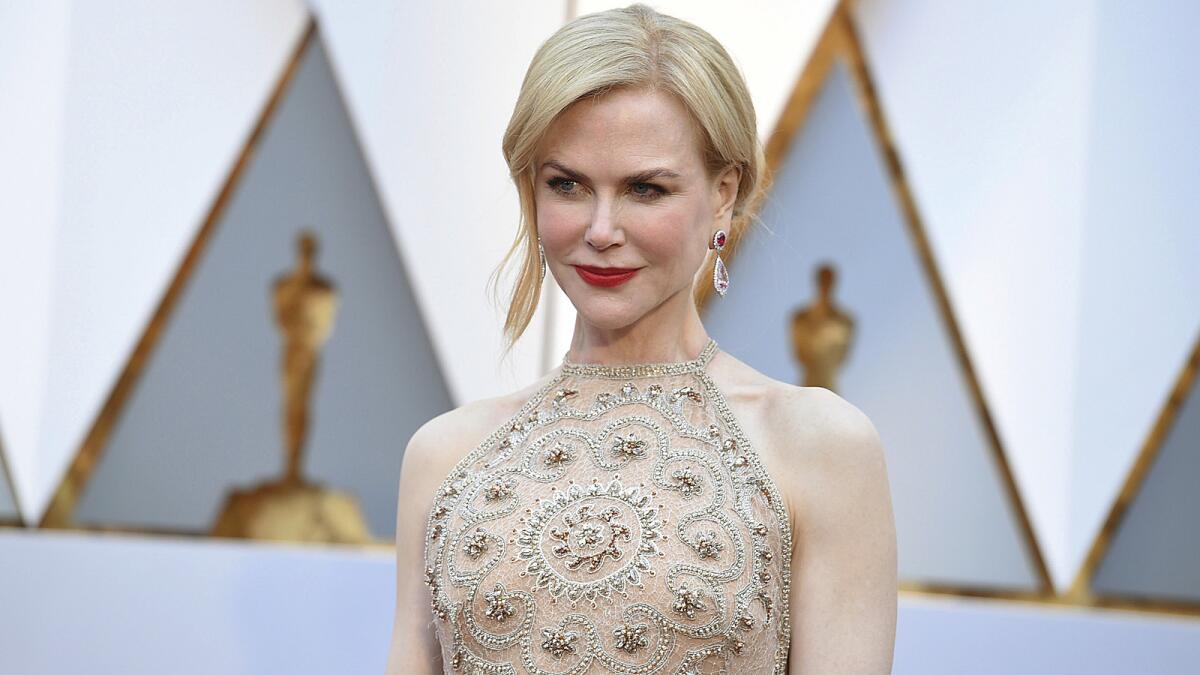
“The forgotten element in this region will be Australian content,” says Liam Connor, who finances his creative work by working on foreign productions. “It’s a Hollywood boom, but we don’t want all our industry to become mini-Hollywood. Otherwise the only industry we’ll have is crews working on foreign productions.”
Connor’s short film “Time” has just been picked up as part of an online TV series and is in negotiations to be made into a feature film. He hopes production could happen locally rather than overseas.
‘A lifestyle advantage’
On the beach, “keep your 1.5” has been added to Byron Bay’s motto “Cheer up, slow down, chill out,” reminding people to keep 1.5 meters — almost 5 feet — from one another. It’s one of the few signs that a pandemic has swept through the town, albeit fleetingly.
Australia has seen fewer than 1,000 COVID-19 deaths and about 29,000 cases since January 2020, and its pandemic response — a mix of lockdowns, quarantine and closure of international and state borders — has been praised as among the world’s most effective.
Australia’s second largest city, Melbourne, will relax its third lockdown and allow spectators to return to the Australian Open tennis tournament after a five-day absence
An island nation with some of the toughest biosecurity laws in the world, Australia quickly shut its external borders in March 2020. Australians must navigate restrictions set by state authorities if they are to travel domestically.
Robyn Kershaw, an independent film producer, moved her production from Sydney to Byron Bay last year to be closer to cast members living there as restrictions made it harder to move around.
“It was such a surprise to see everyone living so normally,” she said. “The region was a bubble — the state border to the north was shut; we did all the protocols, temperature checks. From a location point of view it was extraordinary; it’s home to people who work in carnivals, so we were able to cast from a great Elton John impersonator or a fabulous Marilyn Monroe impersonator.
“COVID has concentrated everyone’s attention on the fact they don’t need to go into the office and they can be effective from home, and now the question is, ‘Where is my home?’” Kershaw said. “There’s a lifestyle advantage and a creative advantage to being in Byron.”
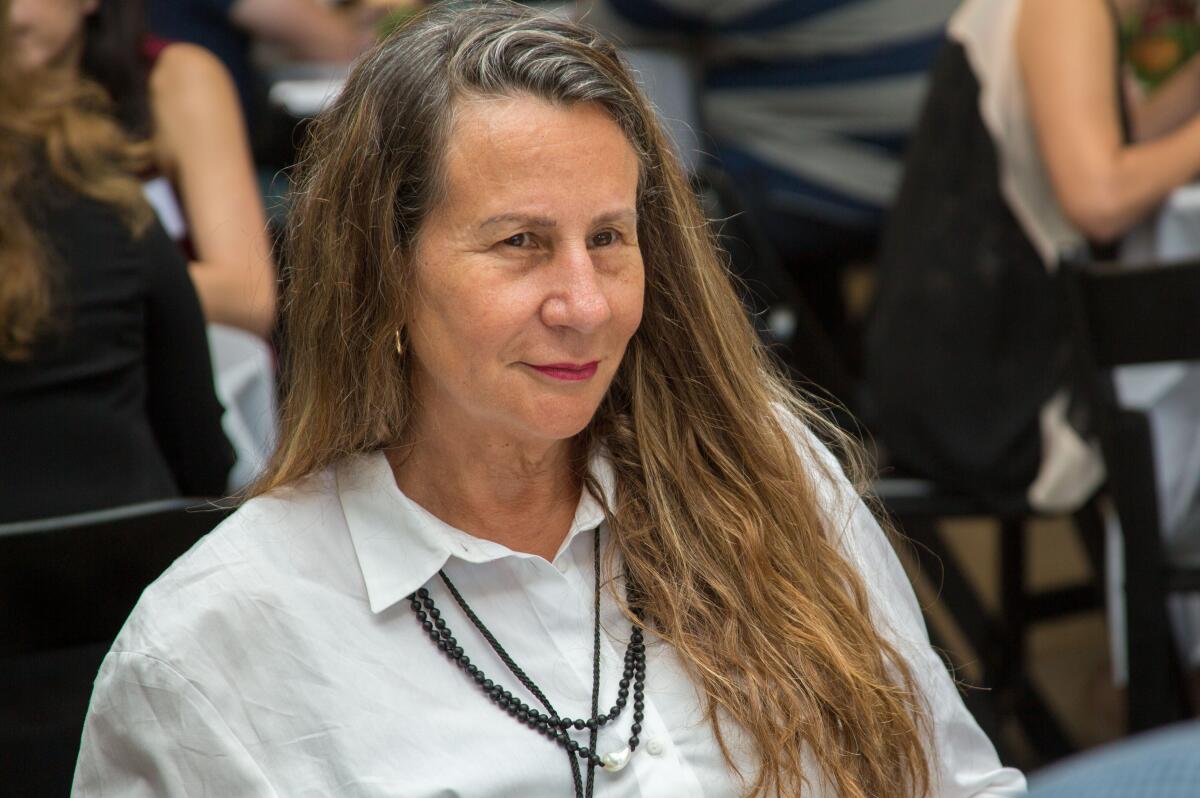
Homelessness has soared. Mandy Nolan, who has spent half her life in Byron Bay, lists examples of single mothers living in cars and 80-year-olds who have been evicted. The local council is planning to cap short-term holiday rentals to 90 days a year. Nolan is set to run for national elections next year, with the housing issue at the heart of her campaign.
Byron Bay has limited housing inventory because it’s particular about what can be built, she said. “The rental stress has been bad for five years. A year ago, it became terrible. Six months ago, horrendous. Past month, diabolical.”
Gammon, who moved his young family to Byron Bay a decade ago when Sydney’s property boom priced him out of the market, says it’s important to take the right approach to development to prevent public failures, such as the infamous Fyre Festival.
“There is a good film community in Byron, but no one worked here because the infrastructure wasn’t there,” he said. “That’s why we’re engaging with Ballina — better accommodation, better transport, a nice blend between the holiday vibe and the city. You don’t want something to turn out like the Fyre Festival. You want to make the documentary, not be the focus of one.”
Foreign competition
It’s not just about property prices upping the stakes for the locals; for Kershaw, producing Australian feature films means competing with U.S. productions for homegrown talent.
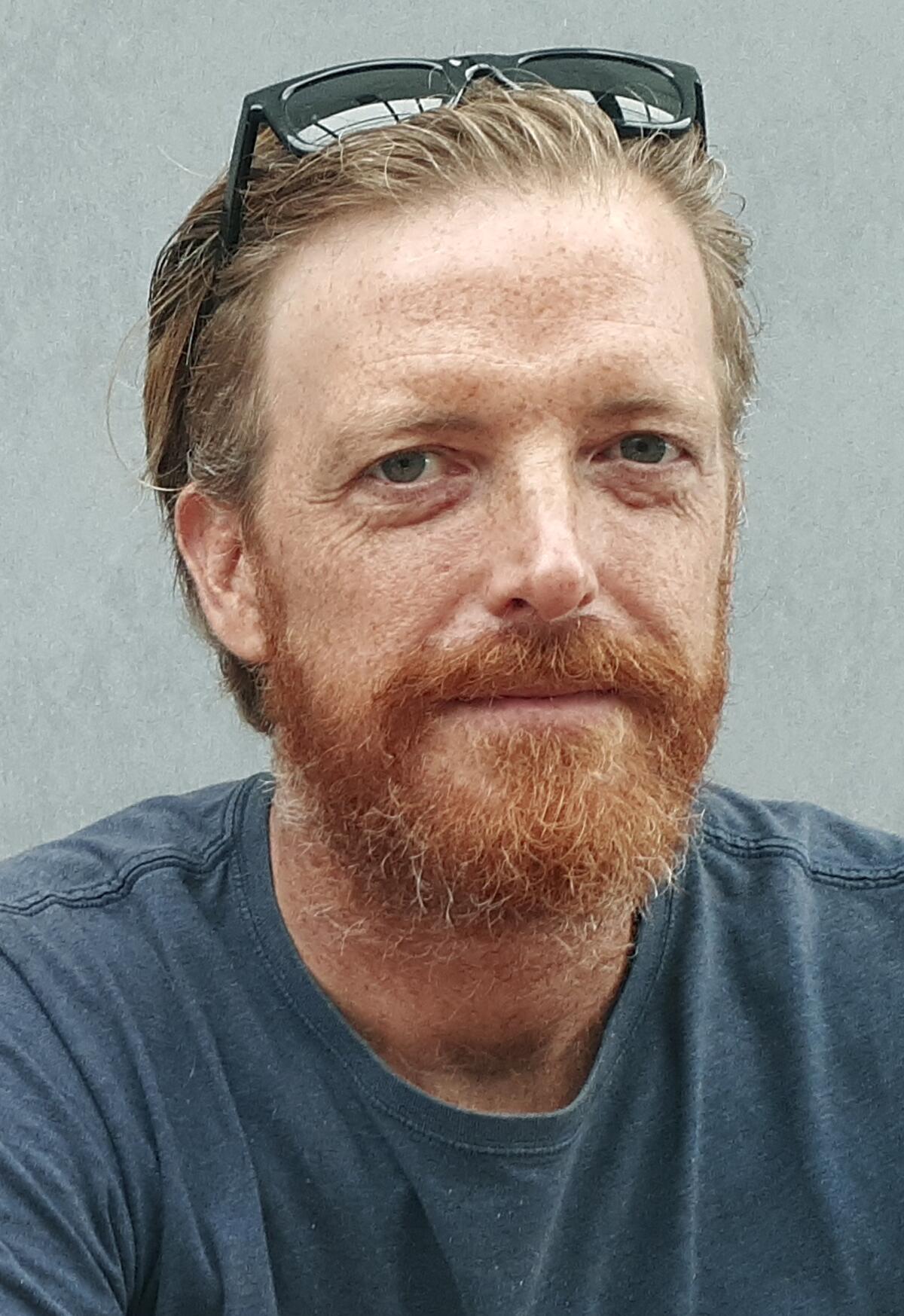
“I understand the government’s motivations and the need to support our crews,” she said. “They need to work while they can in these difficult times. But we’re trying to crew our work with people who are accustomed to much higher rates from an American-financed production.”
Though the infrastructure that’s being developed with the advent of Hollywood productions is huge, the focus needs to remain on nurturing an Australian film industry, she said.
“We have to make sure that the Australian government doesn’t lose sight of our own feature films, of the Australian story,” Kershaw said.
Petrakis is a special correspondent.
More to Read
Sign up for Essential California
The most important California stories and recommendations in your inbox every morning.
You may occasionally receive promotional content from the Los Angeles Times.
